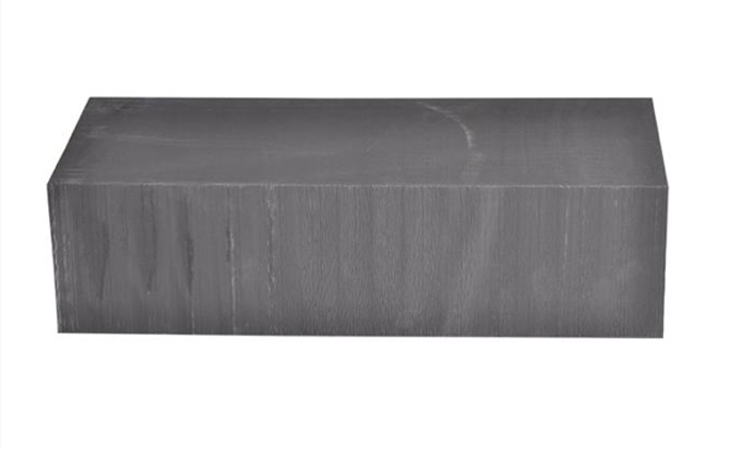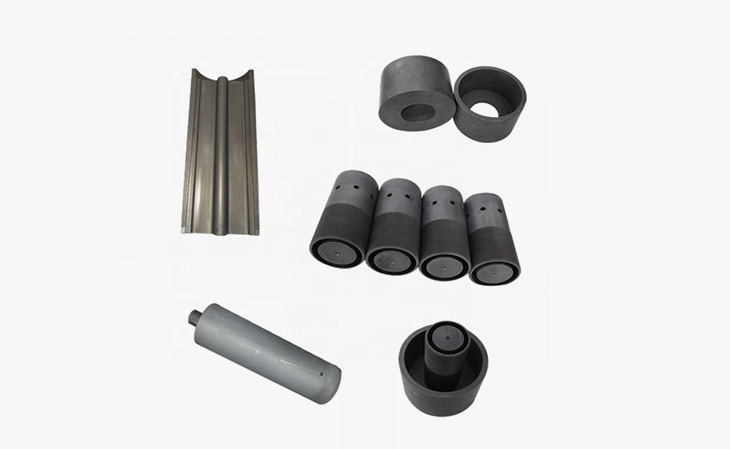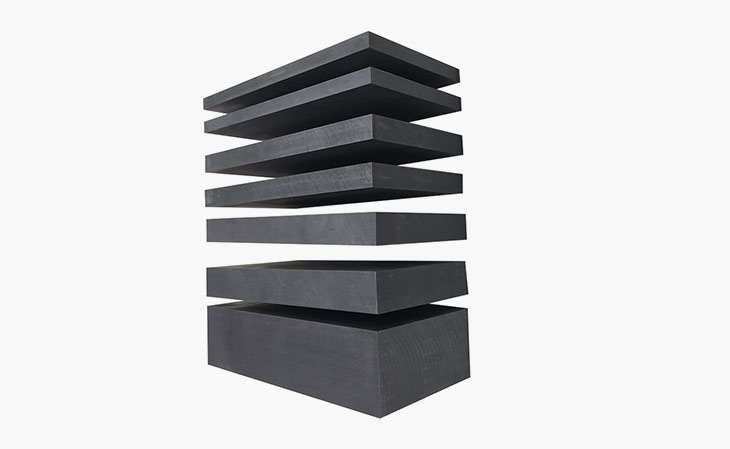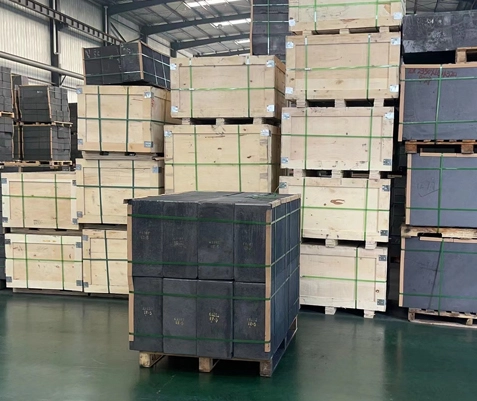Graphite blocks stand as stalwart symbols of modern industry, ubiquitous in applications ranging from electrodes to crucibles. Yet, the journey from raw materials to these indispensable components is a nuanced process blending chemistry, physics, and engineering. This article embarks on a voyage through the intricate stages of graphite blocks production, unveiling the secrets behind their formation.
Carbonization marks the genesis of this transformative journey. Raw materials, typically sourced from carbon-rich feedstocks like petroleum coke or coal tar pitch, undergo a metamorphic dance under the fervent heat of approximately 1,000°C within an inert atmosphere. This fiery crucible purges impurities and liberates volatile compounds, leaving behind a residue teeming with carbon. It's a crucible of change, where the mundane gives way to the extraordinary.
From the crucible emerges a precursor, poised for its next evolution: graphitization. This phase thrusts the carbonized material into the searing embrace of temperatures nearing 2,800°C, under precise pressure. Here, the very essence of graphite emerges as carbon atoms engage in a symphony of rearrangement, adopting the characteristic layered structure synonymous with graphite. Temperature and pressure become maestros orchestrating the transformation, sculpting the material's properties with precision.
Yet, the journey doesn't conclude with the emergence of graphite; it merely embarks on its zenith. Densification beckons, a process vital for imbuing the graphite with the requisite strength and density. Here, an array of techniques, from hot pressing to isostatic pressing to extrusion, vie for supremacy. Hot pressing sandwiches the graphitized material between heated plates, subjecting it to immense pressure. Isostatic pressing, in contrast, envelops the material in a uniform embrace of pressure from all directions. Meanwhile, extrusion shapes the graphite with finesse, molding it into the desired form.
Each method bears its own fingerprint on the final product, tailored to meet the unique demands of diverse applications. Consider high-purity graphite blocks, meticulously crafted through vacuum carbonization to expunge impurities with surgical precision. Or delve into specialized realms where electrodes and crucibles demand bespoke treatments, where additional processing layers sculpt the graphite to perfection.
In the realm of high-performance materials, the devil dwells in the details. Every degree of temperature, every iota of pressure, becomes a brushstroke on the canvas of graphite's journey. It's a fusion of artistry and science, where craftsmen navigate the labyrinth of chemical reactions and physical transformations with practiced finesse.
Moreover, the saga of graphite blocks production resonates beyond mere mechanics; it embodies a testament to human ingenuity and industrial prowess. It's a saga where innovation and tradition dance hand in hand, where ancient materials find new life in the crucible of modernity.
As the curtains draw on this exposé of graphite block fabrication, the narrative arc unveils a tale of metamorphosis and mastery. From humble origins emerge stalwart sentinels of industry, forged in the crucible of innovation. And as they find their place in the tapestry of modernity, these graphite blocks stand not merely as components but as testaments to the enduring spirit of human endeavor.
 English
English








